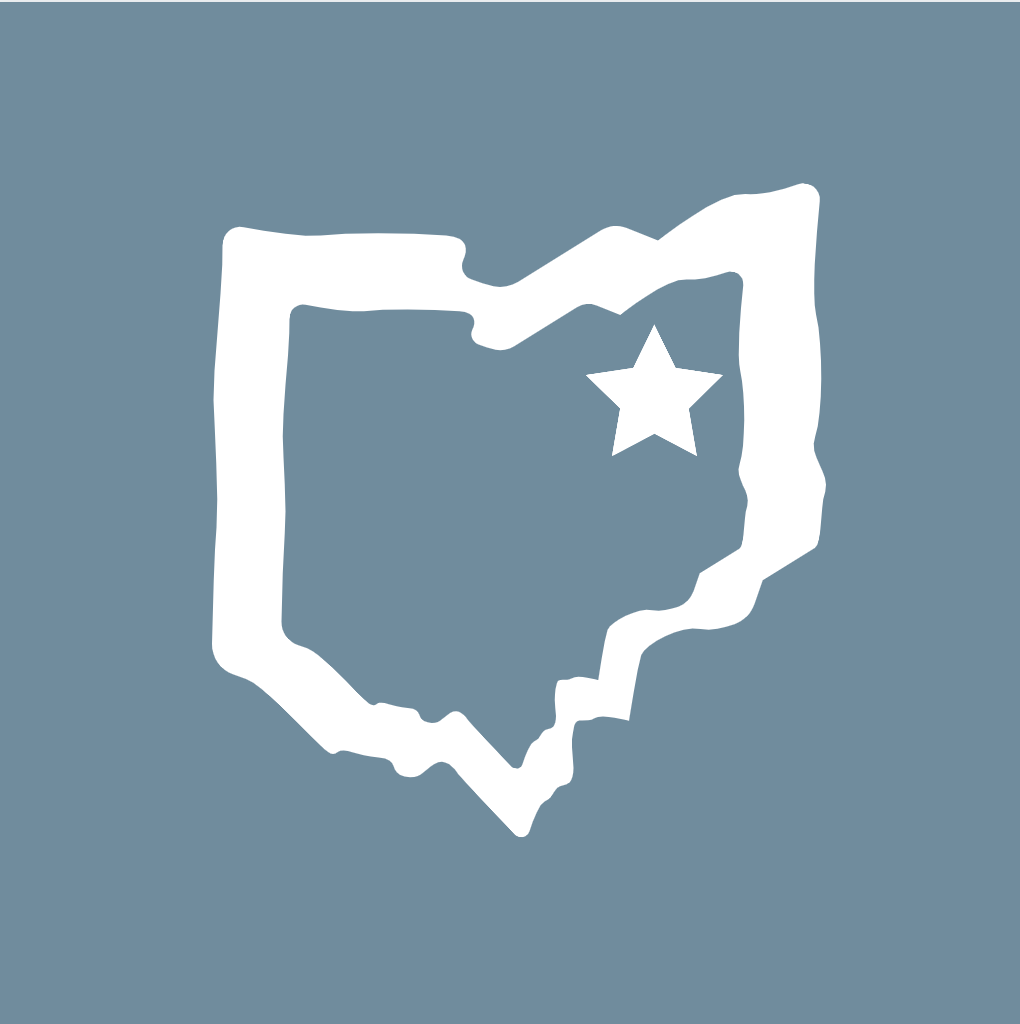Secret Societies in Wooster
- Home
- Society & Social Movements
- Exhibits
- Secret Societies in Wooster
By Anna Claspy, revised by Jordan Wilson
The Freemasons Come to Wooster
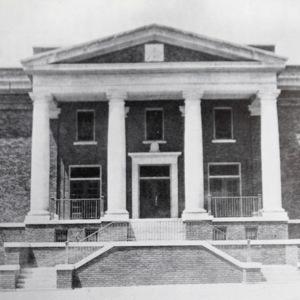
The Freemasons, the first secret society in Wayne County, founded Ebenezer Lodge in Wooster in 1816 as part of the Grand Lodge of Ohio. The lodge originally consisted of only 9 members, but it provided essential security to those few in a time when life was full of uncertainty. The twelve and a half cent fee to attend a meeting (eighteen and three-fourth cents if a member was late) went toward a fund to aid the wives and children when members fell ill or died.1 The society also provided amateur medical care for members since the nearest doctors were often miles away. Masons in early Wooster were also important members of the community, including the first master, Reverend Thomas Jones. Jones became one of the first shopkeepers in Wooster and eventually went on to become a judge and the president of Wooster Bank. William Larwill, one of the founders of Wooster was also a Freemason. He was one of the first businessmen in the community, opening a general store shortly after arriving in Wooster. Larwill also became a master of the lodge.2
Pictured left: Ebenezer Lodge
The Freemasons ran into problems just over a decade after they established themselves in Wooster. In 1829, an ex-Mason in New York was allegedly murdered for revealing secret masonic rituals. Masons across the country faced backlash from members of the community not involved with secret societies, who believed them to be violent or hiding sinister secrets.
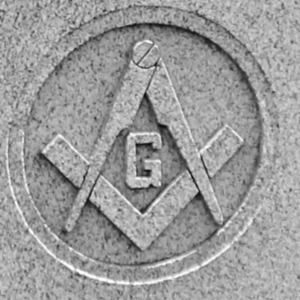
The lodge in Wooster shut down as a result, but returned to its former place in the community with plans to build a new temple in 1840.3 This did not happen until 1916, when the current-day masonic temple was built on North Market Street.
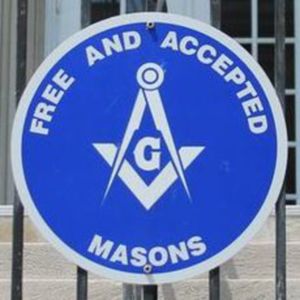
However, records show that the organization became more stable and was able to use a building on the northeast corner of Wooster Public Square for over 40 years.4 The Masons would go on to thrive for years and still survive in Wooster today.
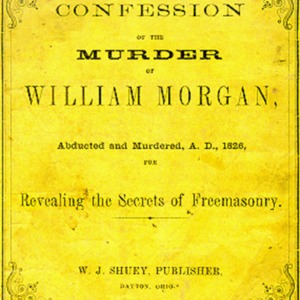
Town of Clubs
By the 1870s, dozens of clubs existed within Wooster, most prominently the Masons, the Independent Order of Odd Fellows, the Knights of Pythias (an English and a German division), the Improved Order of Red Men, The Royal Arcanum, and the Grand Army of the Republic.5 Many of these organizations had branches for women, including the Order of the Eastern Star which was associated with the Freemasons and Rebekah which was associated with the Odd Fellows. At this time, Temperance Societies, mostly made up of women, started to appear as well. Most of these clubs drew on the elite population. Members shared common values and clubs held them to an ethical code with higher standards than the community at large. The records of the Masonic Grand Lodge of Ohio describe members all over Ohio being suspended for drunkenness, profanity, and abuse.6 Clubs provided an important place for social interaction among like-minded people. Certain members, especially those in immigrant clubs, created tight-knit groups within the community, helping men and women to find a place for themselves in Wooster. Secret societies continued to offer economic protection to members and their families throughout the nineteenth century as well.
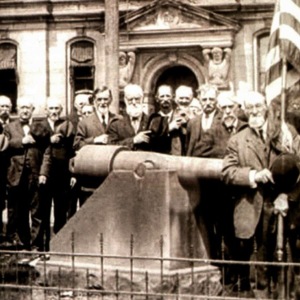
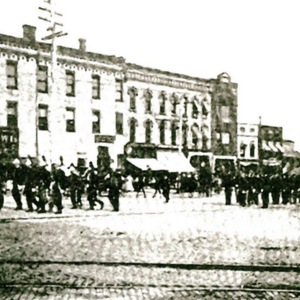
Although the Freemasons overcame their reputation as murderers in the 1840s, a stigma against secret societies still lingered in Wooster in the 1870s. Some members of the community felt that the admission of only the wealthy caused tension between social classes, or even that it caused social inequality. The exclusive nature of secret societies alienated those who were unable to join, highlighting the divide between the working class and the upper class of Wooster. Many churches also took issue with initiation and other rituals associated with secret societies, calling them disrespectful or blasphemous.7 However, the sense of belonging that men and women found in these clubs outweighed the threat outsiders believed them to pose, allowing secret societies to continue to exist.
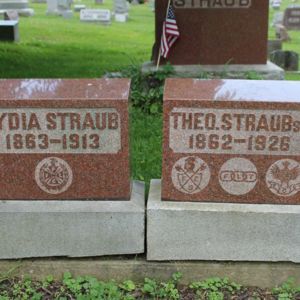
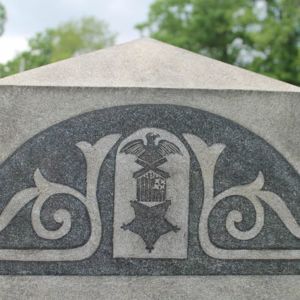
The KKK in Wooster
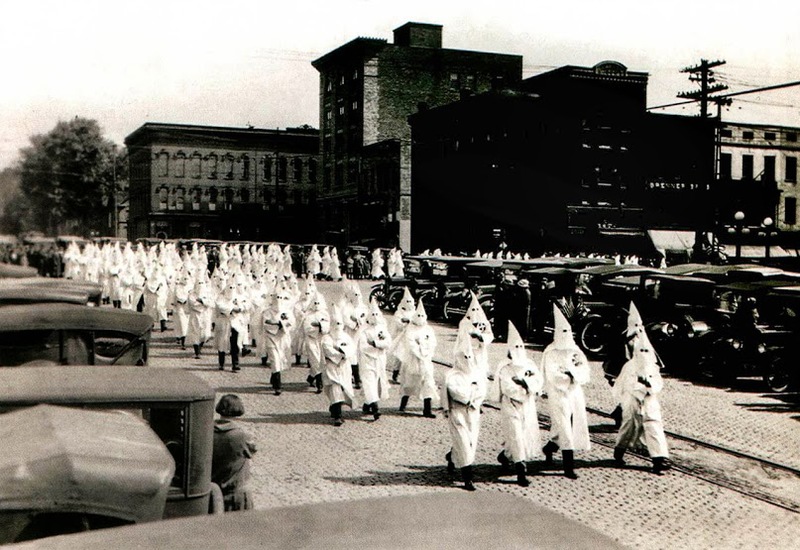
Any discussion of secret societies in Wooster should note the notorious and violent Ku Klux Klan, which was constantly at odds with the community of Wooster. The Klan were not benevolent, like other organizations found in nineteenth and twentieth century Wooster. Instead they were known for antagonizing and becoming violent towards certain groups of people, including non-whites, foreigners, and non-Protestants.8 Their activities in Wooster were, unfortunately, no exception. Until the late 1920s, when the Klan faded from prominence, the Black, Jewish, and Catholic communities of Wooster faced hostility from the KKK, most often in the form of cross burnings.9
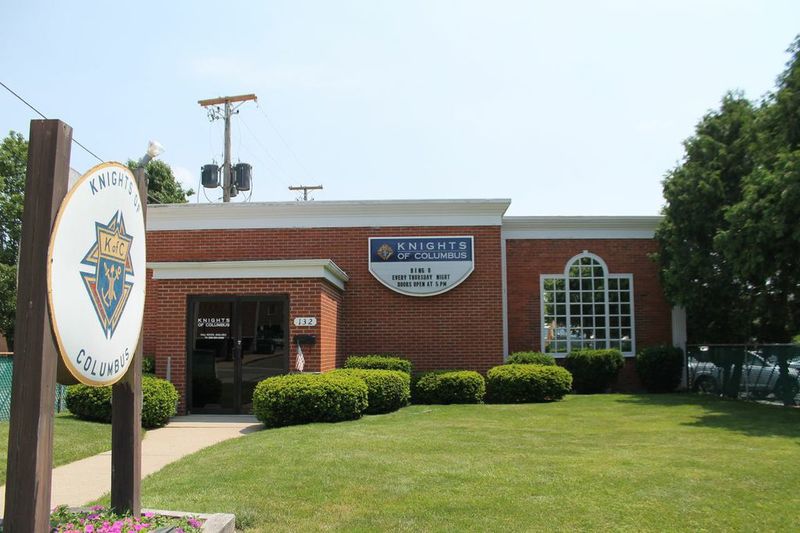
Other secret societies refused to associate with the Klan. In the 1924 Memorial Day parade, the Knights of Columbus and their supporters refused to march with the Klan, forcing them to march on a separate route and showing that community support was divided. Some supported the Klan while those likely to be targeted, such as the Knights of Columbus, hated them.10 Soon afterward, in the face of public criticism and widely publicized acts of violence, the Klan declined and eventually disappeared from Wooster.
Secret Societies Today
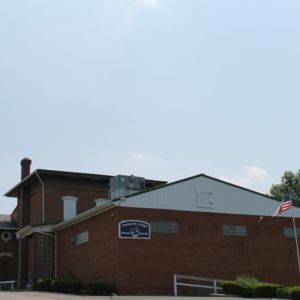
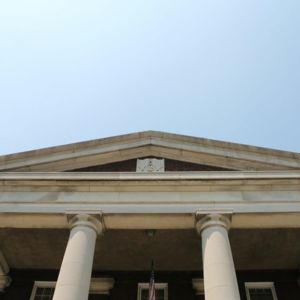
While membership in secret societies has dwindled in recent years, they continue to play an important role in the Wooster community, along with service organizations such as the Elks, the Moose, and Knights of Columbus. According to Wooster historian and Freemason Harry McClarran, members of fraternal organizations form strong bonds and continue to do work within the community.11 Most fraternal organizations contribute to specific charities, raising funds for causes such as diabetes research, kidney disease research, Alzheimer’s research, drug awareness, and veterans services.12 These organizations also provide services to their members, ensuring that they and their families receive medical treatment or housing if they are unable to afford it. Additionally, organizations complete projects specific to Wooster’s needs, such as the construction of softball fields at Freedlander Park provided by the Masons.13
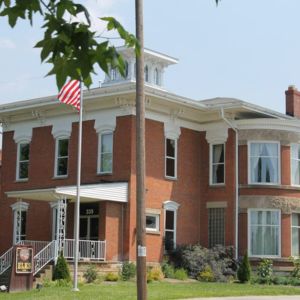
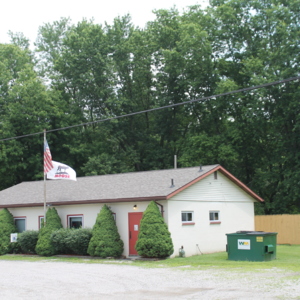
Secret societies are also tight knit. McClarran noted that one of his masonic brothers had recently received a 65-year pin, reflecting the loyalty found within these groups. In the age of Internet, secret societies no longer maintain much of their secrecy, but they continue to do good work in the community.
Citations
1 Leopold, Fred J. A Pillar in the Wilderness. Wooster, OH: Ebenezer Lodge No. 33, 1991. 5.
2 Ibid., 3.
3 Ibid., 6.
4 Ibid.
5 Ben Douglass. History of Wayne County, Ohio. Indianapolis, Ind: Robert Douglass, 1878, 577.
6 Allen E. Roberts. Frontier Cornerstone. Grand Lodge of Free and Accepted Masons in Ohio, 1980, 50.
7 Wooster in 1876, ed. Arnold Lewis. Wooster: Wooster Art Center Museum, 1976, 98.
8 “Ku Klux Klan,” Ohio History Connection, June 23, 2014. http://www.ohiohistorycentral.org/w/Ku_Klux_Klan
9 McClarran, Harry S. Interviewed by Anna Claspy. Personal interview. Wooster, OH, June 17, 2014.
10 “Klan’s Injection Into Parade Causes K. of C. to Leave Line of March,” The Daily Record, May 31, 1924.
11 McClarran, Harry S. Interviewed by Anna Claspy. Personal interview. Wooster, OH, June 17, 2014.
12 Ibid.
13 Bobby Warren, “If you build it, they will come masonic lodge’s field of dreams provides space for softball,” The Daily Record, May 20, 2007, accessed June 24, 2014, http://www.the-daily-record.com/local%20news/2007/05/20/if-you-build-it-they-will-come-masonic-lodge-s-field-of-dreams-provides-space-for-softball
How to cite this page
MLA: “Secret Societies in Wooster.” stories.woosterhistory.org, http://stories.woosterhistory.org/secret-societies-in-wooster/. Accessed [today’s date].
Chicago: “Secret Societies in Wooster.” stories.woosterhistory.org. http://stories.woosterhistory.org/secret-societies-in-wooster/. Accessed [today’s date].
APA: (Year, Month Date). Secret Societies in Wooster. stories.woosterhistory.org. http://stories.woosterhistory.org/secret-societies-in-wooster/.
